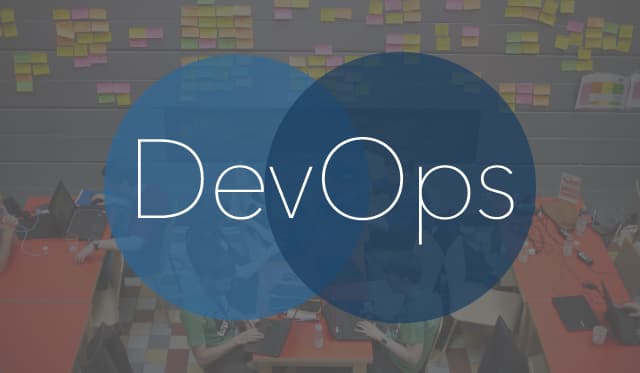- You are here:
- Home »
- Agile
Category Archives for Agile
Release Train Engineer Salary
Introduction In the realm of Agile development, a Release Train Engineer (RTE) is a pivotal role. They are the servant leaders who guide the Agile Release Train (ART), a long-lived “team of Agile teams”, which incrementally develops, delivers, and where applicable operates, one or more solutions in a value stream. (Also known as “Agile Release […]
Continue readingWhy Every Business Needs Effective Data Management
Today, in our hyperconnected world, businesses are generating immense amounts of data every single day. From customer interactions and sales figures to market research and operational metrics, the inflow of information can be both overwhelming and invaluable. This is where effective data management becomes crucial. Data management is not simply about storing and organizing data; […]
Continue readingMyths of agile: “Agile is just micromanagement”

I’ve seen quite a few “Agile sucks” and “Agile is dead” posts making the rounds lately. They get trotted out every year or so and spark some lively but uninteresting debate. Most of these are just clickbait and are not worth discussing. But some are sadder and tell depressing stories of “agile” projects dominated by micro-management, that […]
Continue readingAgile and risk management

The Misconception that Agile doesn’t recognise risks There is a strange misconception going around that people working in Agile software development don’t consider risks, or don’t manage risk, or don’t take risk seriously. This is in fact quite false. This article will attempt to clear up the relationship between agile and risk management. The Waterfall […]
Continue readingDoes PMP use Agile?
Introduction In the dynamic world of project and product management, two approaches often stand out: Project Management Professional (PMP) and Agile. Both have their strengths and are widely used across various industries. This article aims to look at the intersection of these two philosophies and answer the question: “Does PMP use Agile?”. A quick summary […]
Continue readingThe difference between Agile and DevOps

DevOps is one of the hot topics at the moment, and is well on its way up the hype cycle curve. Some are even saying DevOps replaces agile, thus spelling the end of agile software development. That isn’t true, though if you’re interested in agile, you should start learning about DevOps. Some people say DevOps […]
Continue readingHow does project management fit into Agile?
If you read my last post, you’re probably thinking I’m against all forms of project management, and want to consign project managers to the dustbin of history. That is not at all the case. I actually think there is a role for (some form of) project management in Agile, especially in large organisations. It just […]
Continue readingAgile Release Planning as a range of probabilities

A lot of people find release planning difficult and confusing in Agile. How can we plan out our releases when we don’t have fixed scope? When will we know something is ready for release? How do we use velocity in agile to help our planning? Are releases tied to iterations? I’m going to try and […]
Continue readingDifference between Agile and Lean

What is the difference between Agile and Lean? A lot of people are asking about the difference between Agile and Lean. Are they the same? Which came first? Which is better? Better for what? That depends a lot on your context. You also need to understand the background and purpose of each approach. This article […]
Continue readingWhy Continuous Delivery is so important

Scrum is a (pretty) good framework for managing requirements, how they move into and out of backlogs, and how we inspect and adapt the outcome of those requirements. But one of its weaknesses is it has basically nothing to say about engineering practices. (As opposed to say Extreme Programming). One of those engineering practices is […]
Continue reading